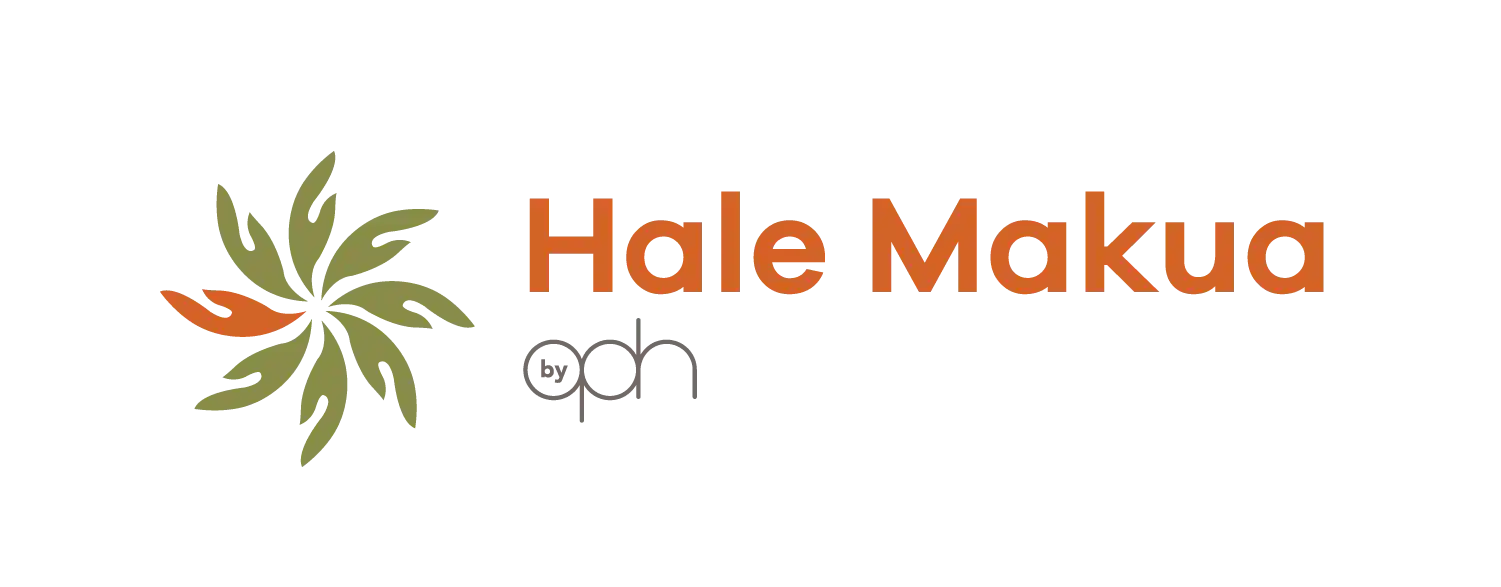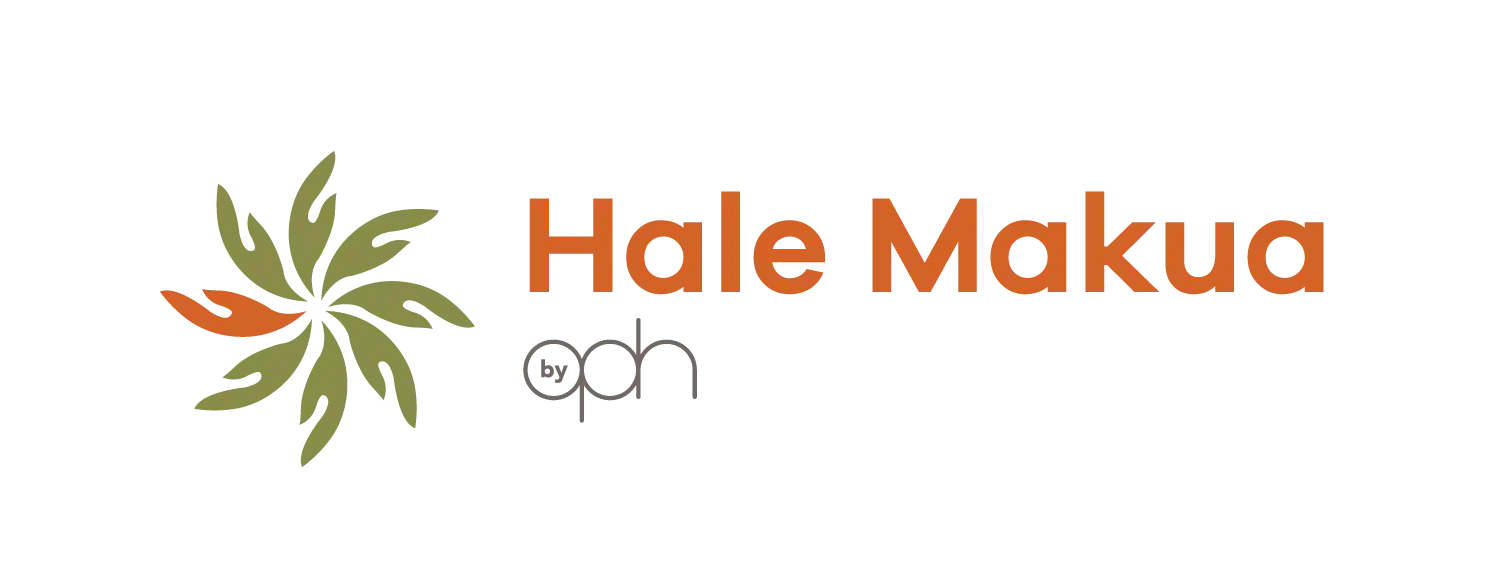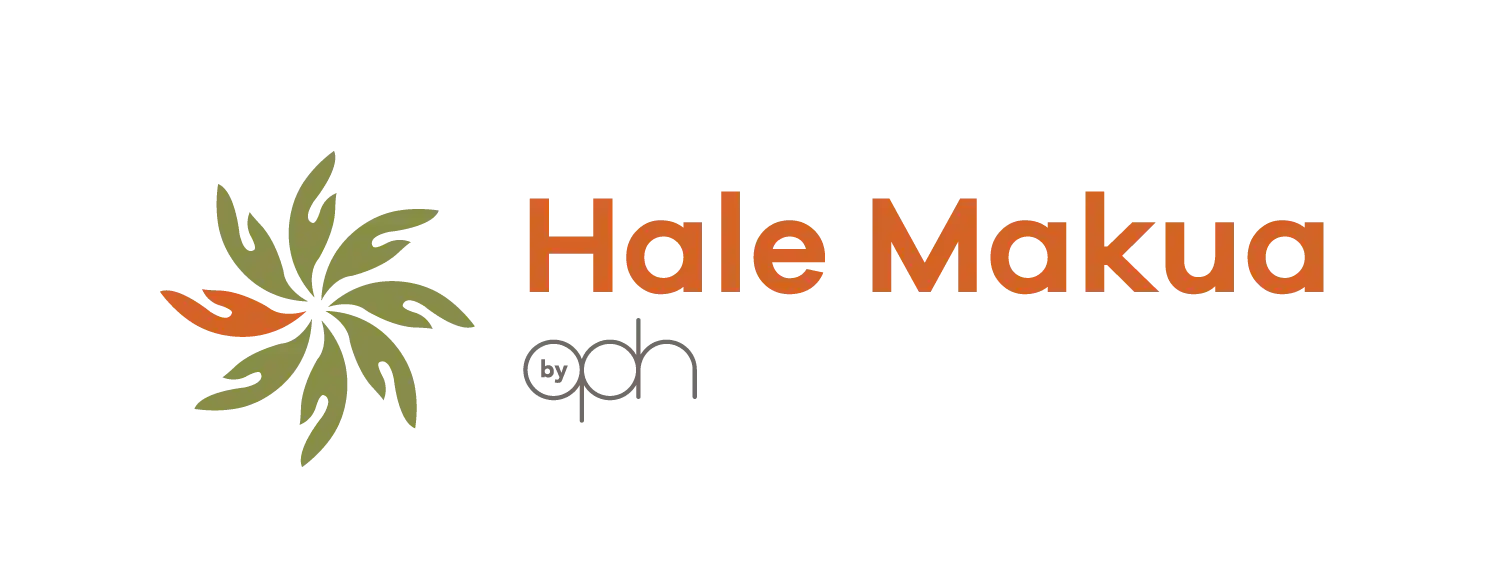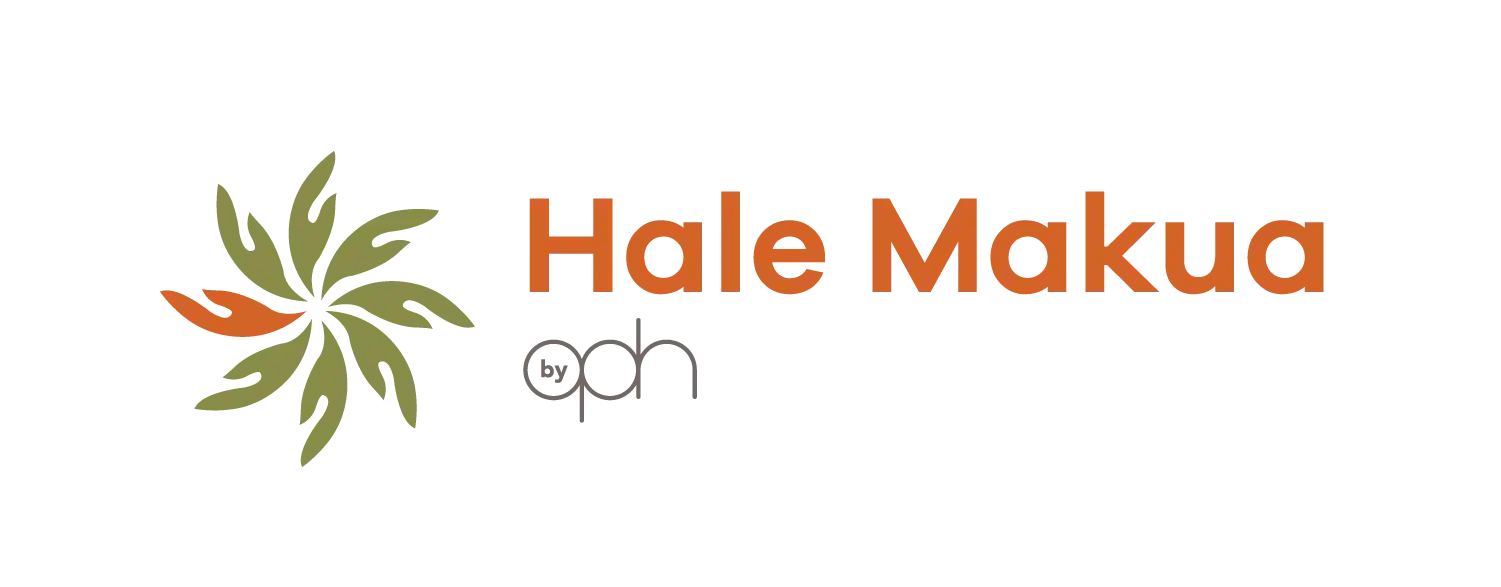Keawakapu parking update: BLNR decision expected Friday
The future of public beach parking at Keawakapu in South Maui surfaces for consideration before the state Board of Land and Natural Resources on Friday.
The issue was brought to the table last summer when Mayor Michael Victorino and Maui Department of Finance Director Scott Teruya met with DLNR to advocate for public parking and beach access in the area.
The meeting was followed by a formal request that the Department transfer two parcels, via an executive order by the governor, to the County of Maui for use as public parking.
“I believe the County of Maui can better manage these parcels on behalf of our residents,” said Mayor Victorino in a press release statement in November. “Unlimited public access to our beaches is crucial for our community and a fundamental common law right in Hawaiʻi.”
DLNR explained that it was preparing the submittal to set-aside one of the parcels (2) 3-9-004: 001; but was was in the process of selecting a developer for the neighboring parcel (2) 3-9-004: 149, through the Request for Proposals or RFP process.

The first parcel is an approximately 2.2-acre lot that serves as a key link between South Kīhei Road and Keawakapu Beach. The proposed use would involve a minor increase in the amount of parking if overgrown kiawe trees are removed from the lot along South Kīhei Road. The lot is bordered on the remaining sides by an access road, parking for the Mana Kai Maui, and parking for the neighboring Days Inn by Wyndham Maui Oceanfront.
The department explained that while an executive order was possible for the first parcel, revenues generated from the second parcel 149, would provide needed support to the division and department’s operating budget.
According to department documentation, more than $6.1 million was transferred out of the Special Land and Development Fund to support department positions and programs in FY 2020. “This support is made possible through Land Division’s management of revenue generating properties such as the subject parcel,” the department advised.
In addition to funding staff positions, the SLDF reportedly provides funding support for lifeguards at state parks, dam safety and geothermal mining programs, stream monitoring and studies, and various resource protection programs administered by the Division of Forestry and Wildlife.
Mayor Victorino had noted in prior communication that Maui County residents have expressed “concerns about previous attempts to block public beach access in the area and a chronic lack of parking along South Kīhei Road for residents.”
The Surfrider Foundation Maui Chapter is among the groups that have been advocating for public parking, and notes that Ruby & Sons Hospitality, LLC leases a gravel lot on state land for use by the adjacent Days Inn by Wyndham Maui Oceanfront.
Cultural practitioner and Kumu Hula, Cody Pueo Pata is featured in a Surfrider Foundation video in which he explains the significance of the area and advocates for continued public access.
“We practice ceremonies based on place names. You can clearly see on this map, Keawakapu [is] right on the boundary of Kamaʻole–the ahupuaʻa in Kula, and Paiahu–the ahupuaʻa in Honuaʻula. Just on the boundary is Keawakapu and right on the beachside is the area called Niukauila. Both are still significant to us for ceremonial reasons to this day,” said Pata, as he pointed out the area on a Hawaiian government survey map from 1885, that was published during the reign of Kalākaua.
“So we use it culturally, and still to this day, for the names that exist there, including Kamaʻole and Keawakapu. We would often do some of our kapu kai… in preparation for ceremony at Keawakapu,” he said.
“The name Keawakapu–ke awa kapu–the sacred or taboo landing spot or small harbor is there. And so when we bathe there, we are automatically untying ourselves through the Kamaʻole aspect, and we are kind of inheriting the kapu aspect–the taboo aspect of the exact place name of that area. We also know that for continuity sake, hula has existed there for a long time–for healing purposes and maybe other types of spiritual practices.”
The last time that he was able to access Keawakapu for cultural practice was in August. “Kumu Hula of the world got together for the Kupukalālā Kumu Hula Convention, and there was a committee of Kumu Hula, and in preparation, not just for the convention, but also for the kuahu ceremony that we were going to do on both days of the convention, we had to go and ceremonially bathe before that whole thing started,” he said.
“And so in the discussions that we as the Leo Kāhoa steering committee had, we settled upon Keawakapu for a few reasons,” said Pata. Pata explained that the group had to find parking close by “at an appropriately named place” that provided easy access for kupuna. Since the ceremony takes place at sunset for an extended period of time, he said the current parking at Keawakapu provided a “truly important” access for continuity and cultural practices.

According to DLNR communication, there are two possible courses of action. The preferred approach would be to set aside only the portion of parcel 001 (outlined in red).
If it requires a formal subdivision, the County of Maui would bear the associated costs. If that alternative is not viable, the Board could approve the issuance of an executive order, setting aside a larger portion of the property (outlined in yellow), subject to the Department’s reservation of the management of the existing easements and revocable permits.
“The Department will ensure that these encumbrances are not affected in any way by the set-aside of the subject parcel to the County and will not permit any future expansion or modifications without the County’s consent,” according to DLNR documents.
“Both of these courses would achieve the objective of increasing the amount of public beach access parking while providing continuity and security to the Department’s existing tenants on the subject parcel,” according to the proposal.
According to the Surfrider Foundation Maui Chapter, “volunteers collected data from the parking lots for 45 days. The data clearly shows the high public demand for parking and beach access. On average, 20 of the 51 public parking stalls are used, with stalls typically maxed out on weekends. On the other hand, an average of only four stalls of the Days Inn portion of the gravel lot are used.”
The Surfrider Foundation issued an action alert to members saying, “Under the current situation, half of the parking lot sits empty most of the day while public parking is maxed out or near capacity. Management of the parking area by the County of Maui would better balance public and private interests for beach access, while ensuring that parking is equitable and utilized effectively.”
The meeting is set for 9 a.m. on Friday, Jan. 14, 2022 and will be carried online via Zoom and via livestream on YouTube. Meeting agenda is posted here.
*Maui Nowʻs Wendy Osher contributed to this report.








